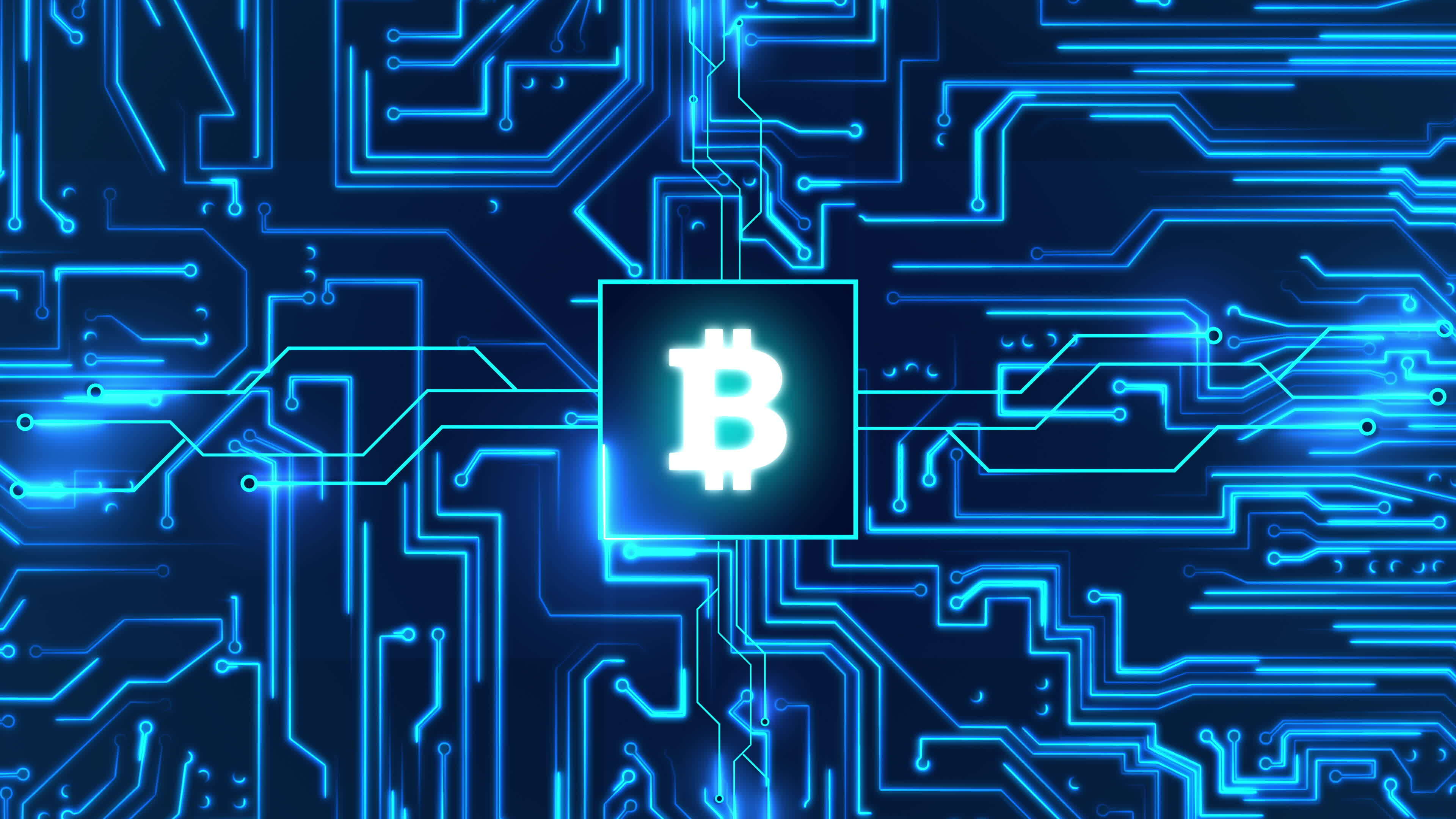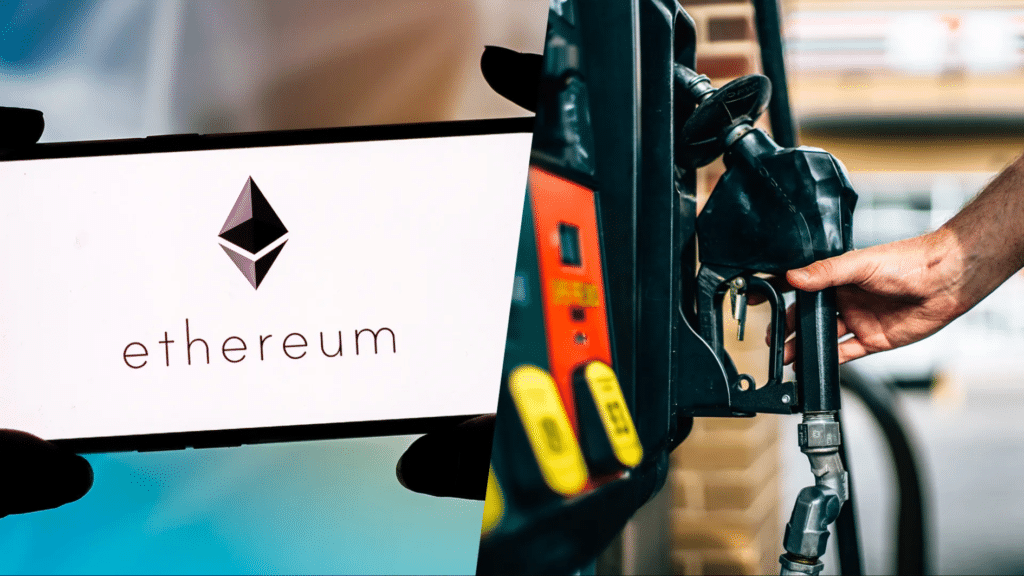Cryptocurrency mining tutorials

Cryptocurrency mining has become a buzzword in the world of finance and technology, attracting attention from both seasoned investors and newcomers alike. As the demand for cryptocurrencies grows, so does the interest in mining, which is the process of validating transactions and securing the blockchain network. In this comprehensive guide, we will explore cryptocurrency mining tutorials, providing you with the knowledge and skills necessary to begin your mining journey in 2024.
Understanding Cryptocurrency Mining
What is Cryptocurrency Mining?
Cryptocurrency mining is the process of validating and adding transactions to a blockchain ledger. Miners use powerful computers to solve complex mathematical problems, competing to find a valid hash for a block of transactions. Once a miner successfully finds a hash, they add the block to the blockchain and are rewarded with newly minted cryptocurrency. This process helps secure the network and maintain its integrity.
The Importance of Mining
Mining plays a crucial role in the cryptocurrency ecosystem. It ensures that transactions are processed accurately and efficiently while preventing double-spending. Additionally, mining helps to maintain the decentralized nature of cryptocurrencies, as anyone with the appropriate hardware and software can participate in the network. Without mining, the very foundation of many cryptocurrencies would be compromised, leading to potential instability and mistrust.
Types of Cryptocurrency Mining
Proof of Work (PoW)
Proof of Work is the most well-known mining method, utilized by cryptocurrencies like Bitcoin and Ethereum (until its transition to Proof of Stake). In PoW, miners compete to solve mathematical puzzles, which requires significant computational power and energy. The first miner to solve the puzzle gets to add the new block to the blockchain and earns a reward.
The PoW system ensures that only those who are genuinely contributing to the network’s security and transaction verification are rewarded, making it a fair method of validating transactions. However, it is also criticized for its high energy consumption and environmental impact.
Proof of Stake (PoS)
Proof of Stake is an alternative to PoW that relies on validators rather than miners. In PoS, validators are chosen to create new blocks based on the number of coins they hold and are willing to “stake” as collateral. This method is more energy-efficient and promotes long-term investment in the cryptocurrency.
PoS aims to reduce the computational load on the network while still maintaining security and decentralization. Notable cryptocurrencies that utilize PoS include Cardano and Polkadot.
Cloud Mining
Cloud mining allows individuals to mine cryptocurrencies without owning or managing hardware. Users can rent mining power from a remote data center, making it easier to participate in mining without the upfront costs of purchasing equipment. However, cloud mining has its risks, including potential scams and less control over the mining process.
While cloud mining can be an attractive option for beginners, it’s essential to conduct thorough research and choose reputable providers. Look for reviews, testimonials, and transparent operational practices before investing in cloud mining services.
Getting Started with Cryptocurrency Mining

Step 1: Choose Your Cryptocurrency
The first step in starting your mining journey is to choose which cryptocurrency you want to mine. Bitcoin remains the most popular choice, but numerous other options exist, such as Ethereum, Litecoin, and Monero. Research the potential profitability, mining difficulty, and market trends for each cryptocurrency before making your decision.
Use tools like WhatToMine, which can help you evaluate potential profits based on your hardware’s hash rate and the current market conditions. Additionally, consider the community and support available for the cryptocurrency you choose, as this can be invaluable when you’re starting.
Step 2: Select Your Mining Hardware
The type of mining hardware you choose will depend on the cryptocurrency you intend to mine. There are two primary types of mining hardware:
- ASIC Miners: Application-Specific Integrated Circuits (ASICs) are specialized machines designed for mining specific cryptocurrencies, like Bitcoin. They are highly efficient and powerful but can be expensive. ASICs are ideal for serious miners who want to maximize their profitability.
- GPU Miners: Graphics Processing Units (GPUs) are versatile and can mine various cryptocurrencies, including Ethereum and Litecoin. While not as powerful as ASIC miners for specific coins, they are more adaptable for mining different algorithms. Many enthusiasts prefer GPU mining for its flexibility and the ability to switch between cryptocurrencies based on profitability.
Step 3: Set Up Your Mining Rig
Once you have selected your hardware, it’s time to set up your mining rig. This involves:
- Installing the Mining Software: Choose software compatible with your hardware and the cryptocurrency you are mining. Popular mining software includes CGMiner, BFGMiner, and EasyMiner. Each software has its unique features, so consider your specific needs when making a choice.
- Connecting to a Mining Pool: Joining a mining pool can increase your chances of earning rewards, as you will collaborate with other miners to solve blocks more efficiently. Mining pools distribute rewards based on each miner’s contribution. Some popular mining pools include Slush Pool and F2Pool.
- Configuring Your Rig: Follow the software’s instructions to configure your mining rig, which may involve setting up wallet addresses and adjusting mining parameters. Ensure that your wallet is secure, as it will be essential for receiving your mining rewards.
Best Practices for Cryptocurrency Mining

Energy Efficiency
Mining can consume a significant amount of electricity, leading to high operational costs. To improve energy efficiency:
- Optimize Hardware Settings: Adjust clock speeds and power limits to find the optimal balance between performance and energy consumption. Many mining software programs allow you to tweak these settings for maximum efficiency.
- Use Renewable Energy Sources: If possible, consider using solar or wind power to reduce your carbon footprint and lower electricity costs. Some miners have successfully set up solar panels to power their rigs, drastically reducing operational costs.
Monitor Performance
Regularly monitoring your mining rig’s performance can help identify issues and improve efficiency. Utilize monitoring tools like Minerstat or Awesome Miner to track hash rates, temperature, and overall performance. Keeping an eye on your rig’s performance metrics can help you make timely adjustments and prevent hardware failure.
Stay Updated on Market Trends
The cryptocurrency market is highly volatile, and staying informed about market trends and regulatory changes can help you make informed decisions about your mining operations. Follow news sources, forums, and social media channels related to cryptocurrency mining. Joining communities on platforms like Reddit or Discord can provide you with real-time updates and support from fellow miners.
Troubleshooting Common Mining Issues
Low Hash Rate
If your mining rig is underperforming, several factors could be causing a low hash rate:
- Overheating: Ensure your hardware is adequately cooled to prevent thermal throttling. Investing in additional cooling solutions, such as fans or liquid cooling systems, can help maintain optimal temperatures.
- Outdated Software: Keep your mining software up to date to benefit from the latest features and optimizations. Regular updates can improve performance and security.
- Network Issues: Check your internet connection and mining pool settings to ensure they are configured correctly. A stable internet connection is essential for maintaining a consistent mining performance.
Hardware Failure
Mining hardware can experience failures due to prolonged use. Regular maintenance and monitoring can help prevent hardware failures:
- Regularly Clean Components: Dust can accumulate on fans and components, leading to overheating. Clean your hardware regularly to maintain optimal performance. Ensure that the environment in which you mine is dust-free and well-ventilated.
- Replace Worn Parts: Keep an eye on components that may wear out over time, such as fans and power supplies. Having a spare power supply on hand can help you quickly resolve any unexpected failures.
The Future of Cryptocurrency Mining
Trends to Watch
As the cryptocurrency market continues to evolve, several trends are emerging in the mining space:
- Increased Regulation: As cryptocurrencies gain mainstream acceptance, regulatory scrutiny is likely to increase. Miners must stay compliant with local laws to operate successfully. Keeping abreast of regulatory changes will be crucial for long-term mining viability.
- Technological Advancements: Innovations in mining hardware and software will continue to improve efficiency and reduce energy consumption. Keep an eye on new developments in mining technologies and consider upgrading your equipment as necessary.
- Environmental Sustainability: The focus on sustainable practices is increasing, leading miners to explore renewable energy sources and more energy-efficient technologies. Companies and individuals who prioritize sustainability may find a competitive advantage in the evolving market.
Conclusion
Cryptocurrency mining presents a unique opportunity for individuals to participate in the digital currency ecosystem. With the right knowledge, hardware, and strategies, you can successfully navigate the mining landscape in 2024. Whether you choose to mine Bitcoin, Ethereum, or another cryptocurrency, understanding the process and staying informed about market trends will help you maximize your mining potential.
FAQ: Cryptocurrency Mining Tutorials
- What is cryptocurrency mining? Cryptocurrency mining is the process of validating transactions and adding them to a blockchain ledger by solving complex mathematical problems.
- What hardware do I need to start mining? You can choose between ASIC miners for specific cryptocurrencies or GPU miners, which are more versatile for mining various coins.
- Should I join a mining pool? Joining a mining pool can increase your chances of earning rewards by collaborating with other miners to solve blocks more efficiently.
- What are the best practices for energy efficiency in mining? Optimize hardware settings, use renewable energy sources, and regularly monitor performance to improve energy efficiency.
- What should I do if my mining rig experiences low hash rates? Check for overheating, ensure your software is up to date, and verify your network connection and mining pool settings.
Read more:
Introduction to Cryptocurrency Mining: A Beginner’s Guide
A Comprehensive Guide to Cryptocurrency Mining for Beginners




